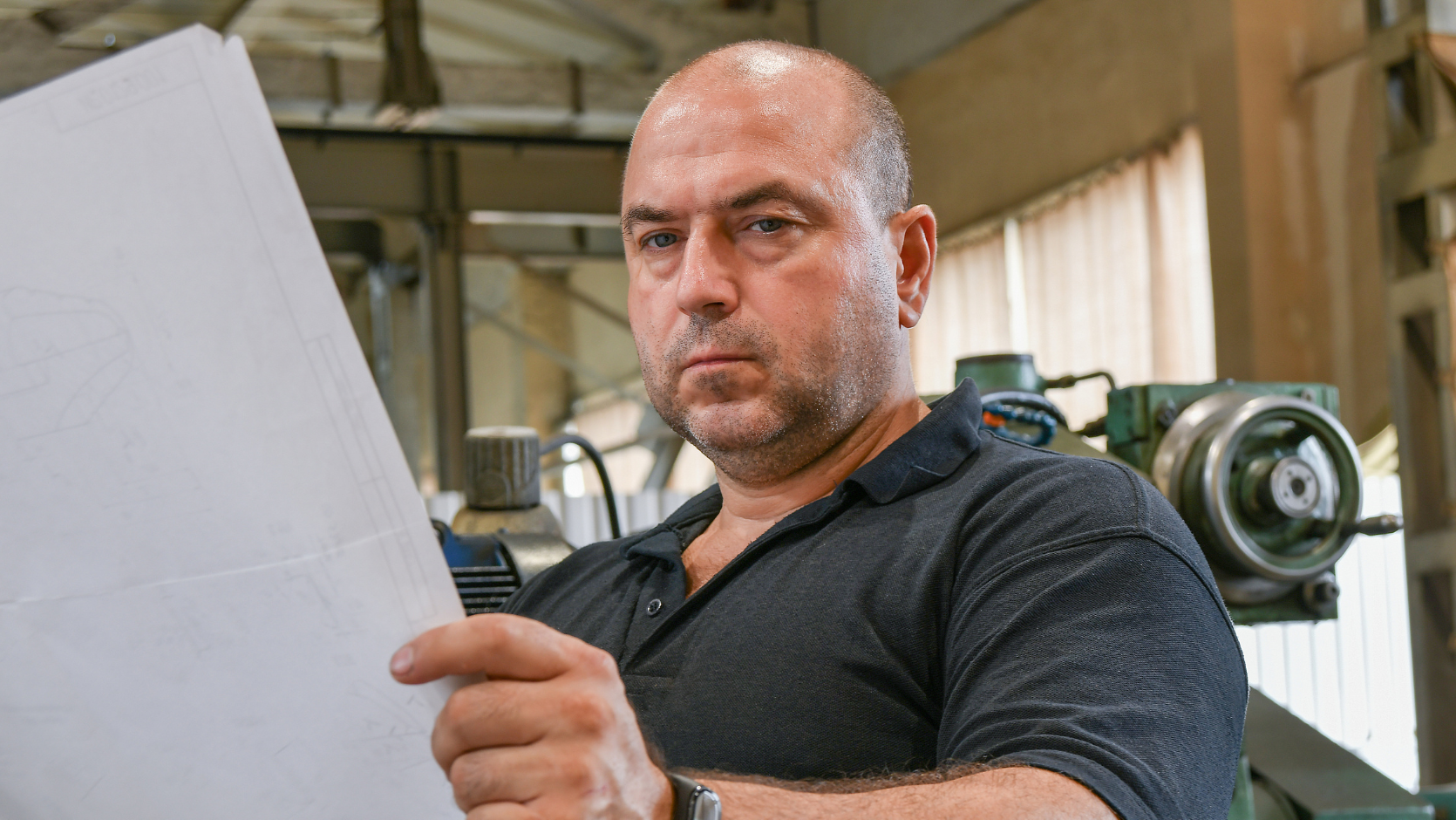The Facts
Plaintiff buys three adjacent burial plots
In June 2002, a man purchased three adjacent burial plots in a cemetery in suburban Sydney.
One of the plots was for his late mother.
Council takes responsibility for maintenance of areas surrounding plots
In July of the same year, the man received a letter enclosing his certificate of exclusive burial rights to the plots, with the words “Council provides perpetual maintenance of the lawn and surrounding areas”.
Large branch falls from apple tree causing damage to grave of plaintiff’s mother
The grave of the man’s mother was situated directly under a 10-metre tall Angophora costata tree.
The Angophora costata is more commonly known as a smooth-barked apple tree.
It is also known by its more infamous nickname, “Widow Maker”, due to its tendency to drop large branches without warning.
In April 2018, a large branch fell from the tree, shattering the top plate of the man’s mother’s grave and heavily damaging the side plates.
Council refuses to cover full cost of repairs and plaintiff seeks court order compelling payment
The man obtained a quote of $12,000 to repair the grave.
After initial discussions between the man and the local council, the council offered to contribute $750 towards repair costs, without admitting any liability for the damage.
The man rejected this offer and made a claim against the council in the Local Court – Small Claims Division.














Expert commentary on the court's decision
Local Court finds in favour of council
In this recent case before the Hornsby Local Court Small Claims Division, the magistrate found in favour of the Hills Shire Council.
No contractual obligation to maintain tree
The magistrate rejected the plaintiff’s argument that the council had a contractual obligation to maintain the trees on the Castle Hill Cemetery grounds.
The council’s covering letter containing the statement on which the plaintiff relied was not found to be an implied term of the contract.
According to the magistrate, the letter could not comprise part of the contract, since it came after the transaction between the parties was completed.
Negligence to be determined by reference to section 5B of the Civil Liability Act
The matter boiled down to whether the council was negligent in failing to regularly maintain the tree. This turned on the application of Section 5B of the NSW Civil Liability Act 2002.
Section 5B states that a person is not negligent in failing to take precautions against a risk of harm unless the risk was foreseeable, the risk was not insignificant and a reasonable person in the person’s position would have taken those precautions.
In determining whether a reasonable person would have taken precautions against a risk of harm, the court is to consider the probability that the harm would occur if care were not taken, the likely seriousness of the harm, the burden of taking precautions to avoid the risk of harm, and the social utility of the activity that creates the risk of harm.
Additionally, Section 5E of the Act places the burden of proving the above factors on the plaintiff.
Risk was significant but not foreseeable
Ultimately, the plaintiff failed to prove the criteria required under section 5B of the Act for establishing council’s negligence.
The magistrate agreed with the council that the cemetery was covered by the council’s tree management policy. However, in the magistrate’s view, neither the plaintiff nor the council could have foreseen the risk posed by the tree.
In particular, neither an expert nor a layperson would have been able to foresee the risk, due to the lack of evidence that the tree was unhealthy or suffered a defect likely to cause the branch to fall.
However, the magistrate did find that due to the size of the tree, the risk was not insignificant.
Reasonable person would not have taken precautions against risk of harm
The magistrate concluded that a reasonable person in the council’s position would not have taken precautions against the risk of harm.
This was because the random occurrence of branch shedding would not necessarily have been reduced if maintenance activities had been undertaken prior to the branch falling.
Also, the risk of damage was not shown to be anything more than a small probability.
Further, although the seriousness of any potential harm that would be caused by all or part of the tree falling was large, due to the size of the tree and its lower hanging branches, this was mitigated by the fact that precautionary measures may not have prevented this risk.
The magistrate also accepted the council’s argument that it would be too onerous a burden to expect the council to monitor all trees on its public land. In doing so, the court referred to a case citing Noble v Harrison (1926). In that case, the court made the pertinent comment that there is “no ground for holding that the owner is to become an insurer of nature”.
The magistrate also found that the social utility of having trees and greenery within the cemetery, which had long been advertised as a garden/bushland cemetery, outweighed the utility of removing the risk.
The plaintiff’s claim was therefore unsuccessful, and costs were awarded for the council.
Steps to be taken in establishing negligence
Negligence is a finicky area of law. It is not simply a case of slipping over in a public area and suing the council for a massive payout, as popular media likes to portray.
Rather, you must be able to establish that there was a foreseeable risk of harm, and that had actions been taken to reduce that risk, the harmful event may not have occurred.
When it comes to damage to private property caused by trees situated on public land, it is crucial to remember that the onus is generally on the owner of the private property to notice the warning signs and advise council of any concerns.
Consider insurance and pre-emptive tree pruning when buying a burial plot
If you are purchasing a burial plot, you should consider the benefits of monument insurance, weighing up the long-term costs of insurance versus the potential repair costs should something go wrong.
It might also be worthwhile to consider the location of your plot. Check whether it is in the direct line of overhanging branches, particularly those of larger gum trees, or whether the cemetery has plans to plant trees near the grave site in the near future.
If there is a tree over the grave site, or if you already own a plot with a tree looming overhead, and it happens to be of the Angophora costata genus, consider obtaining an arborist’s opinion about possible falling limbs.
Then proactively advise council so that they are on notice and can get an inspection done.
If, after conducting an inspection, the council tells you that the tree is of the “no way to tell about possible damage, it looks healthy” variety, you may decide to push for the council to trim the tree pre-emptively to achieve crown lifting.
And so, in the words of the Andrews Sisters, we leave you with a simple reminder… Don’t sit under the apple tree unless you have warned the council first!